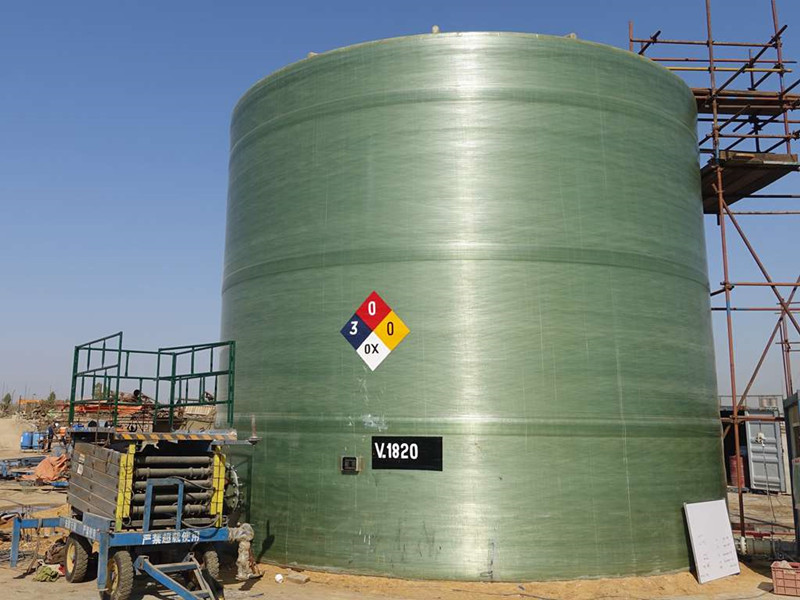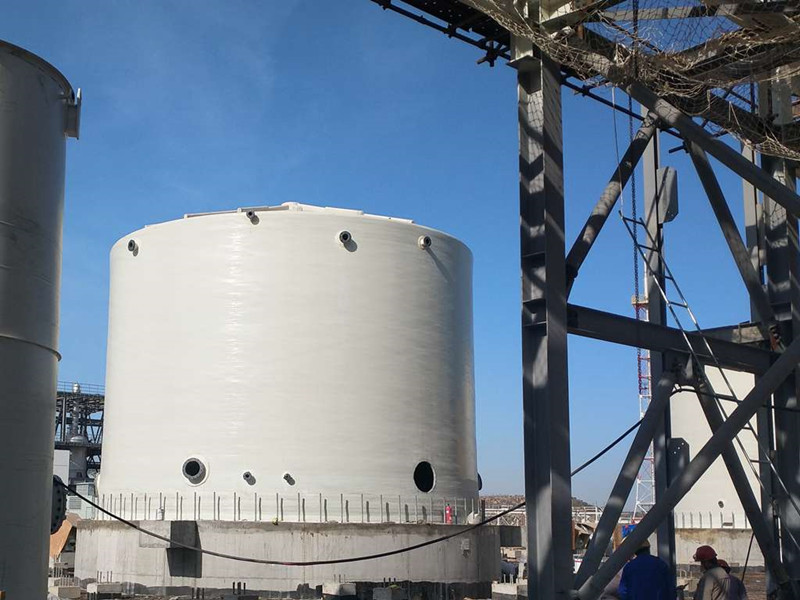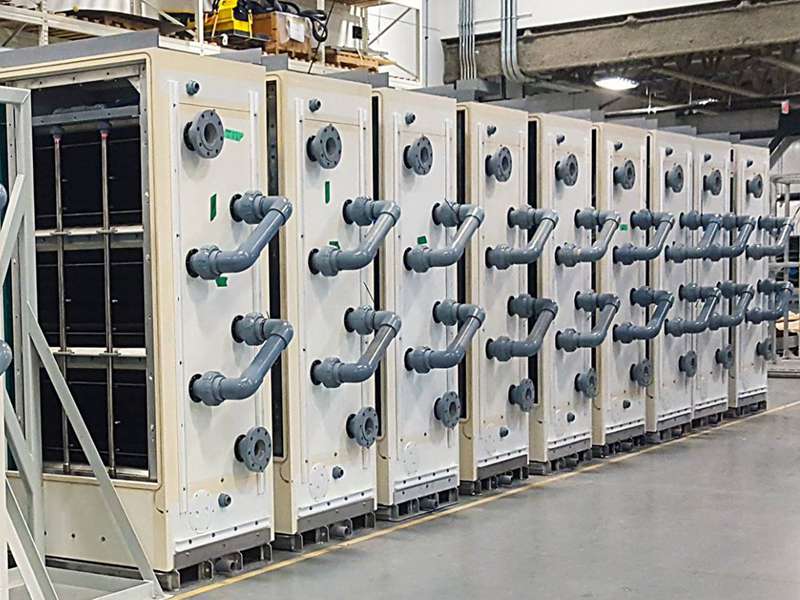
-
 Afrikaans
Afrikaans -
 Albanian
Albanian -
 Amharic
Amharic -
 Arabic
Arabic -
 Armenian
Armenian -
 Azerbaijani
Azerbaijani -
 Basque
Basque -
 Belarusian
Belarusian -
 Bengali
Bengali -
 Bosnian
Bosnian -
 Bulgarian
Bulgarian -
 Catalan
Catalan -
 Cebuano
Cebuano -
 China
China -
 China (Taiwan)
China (Taiwan) -
 Corsican
Corsican -
 Croatian
Croatian -
 Czech
Czech -
 Danish
Danish -
 Dutch
Dutch -
 English
English -
 Esperanto
Esperanto -
 Estonian
Estonian -
 Finnish
Finnish -
 French
French -
 Frisian
Frisian -
 Galician
Galician -
 Georgian
Georgian -
 German
German -
 Greek
Greek -
 Gujarati
Gujarati -
 Haitian Creole
Haitian Creole -
 hausa
hausa -
 hawaiian
hawaiian -
 Hebrew
Hebrew -
 Hindi
Hindi -
 Miao
Miao -
 Hungarian
Hungarian -
 Icelandic
Icelandic -
 igbo
igbo -
 Indonesian
Indonesian -
 irish
irish -
 Italian
Italian -
 Japanese
Japanese -
 Javanese
Javanese -
 Kannada
Kannada -
 kazakh
kazakh -
 Khmer
Khmer -
 Rwandese
Rwandese -
 Korean
Korean -
 Kurdish
Kurdish -
 Kyrgyz
Kyrgyz -
 Lao
Lao -
 Latin
Latin -
 Latvian
Latvian -
 Lithuanian
Lithuanian -
 Luxembourgish
Luxembourgish -
 Macedonian
Macedonian -
 Malgashi
Malgashi -
 Malay
Malay -
 Malayalam
Malayalam -
 Maltese
Maltese -
 Maori
Maori -
 Marathi
Marathi -
 Mongolian
Mongolian -
 Myanmar
Myanmar -
 Nepali
Nepali -
 Norwegian
Norwegian -
 Norwegian
Norwegian -
 Occitan
Occitan -
 Pashto
Pashto -
 Persian
Persian -
 Polish
Polish -
 Portuguese
Portuguese -
 Punjabi
Punjabi -
 Romanian
Romanian -
 Russian
Russian -
 Samoan
Samoan -
 Scottish Gaelic
Scottish Gaelic -
 Serbian
Serbian -
 Sesotho
Sesotho -
 Shona
Shona -
 Sindhi
Sindhi -
 Sinhala
Sinhala -
 Slovak
Slovak -
 Slovenian
Slovenian -
 Somali
Somali -
 Spanish
Spanish -
 Sundanese
Sundanese -
 Swahili
Swahili -
 Swedish
Swedish -
 Tagalog
Tagalog -
 Tajik
Tajik -
 Tamil
Tamil -
 Tatar
Tatar -
 Telugu
Telugu -
 Thai
Thai -
 Turkish
Turkish -
 Turkmen
Turkmen -
 Ukrainian
Ukrainian -
 Urdu
Urdu -
 Uighur
Uighur -
 Uzbek
Uzbek -
 Vietnamese
Vietnamese -
 Welsh
Welsh -
 Bantu
Bantu -
 Yiddish
Yiddish -
 Yoruba
Yoruba -
 Zulu
Zulu
Large Size Field Tanks for Efficient Storage Solutions
In the context of increasing industrialization and stringent environmental regulations, Large Size Field Tanks have gained paramount importance across industries such as petrochemicals, metallurgy, and water management. This comprehensive review delves into the evolving trends, cutting-edge manufacturing processes, technical characteristics, industry standards, competitive vendor analysis, and real-world application cases for Large Size Field Tanks.
1. Industry Trends: The Rise of Large Size Field Tanks
The global market for Large Size Field Tanks is forecasted to grow from USD 8.9 billion in 2023 to USD 12.4 billion by 2028 (source), driven by:
- Stringent storage safety regulations (ISO 9001, API 650, ANSI/ASME)
- Increasing demand for large-scale, corrosion-resistant storage in oil & gas, chemical, and water treatment sectors
- Adoption of advanced FRP (Fiber Reinforced Plastic) and composite tank technologies

2. Manufacturing Workflow for Large Size Field Tanks

3. Technical Parameters and Product Specification Table
| Item | Specification Range | Industry Standard | Jrain FRP Typical Value |
|---|---|---|---|
| Diameter | 5,000–25,000 mm | ISO 14692/API 650 | 12,000 mm |
| Height | Up to 24,000 mm | API 650 | 15,000 mm |
| Wall Thickness | 15–70 mm | ASTM D3299 | 40 mm |
| Volume | 200–5,500 m3 | - | 1,200 m3 |
| Material | FRP, Carbon Steel, Stainless Steel | ISO 9001 | High-strength FRP (E-glass, vinyl ester) |
| Operating Temp. | -40℃ to +120℃ | ASME/ISO 14692 | -40℃ to +110℃ |
| Corrosion Resistance | Up to Class F4 (strong acid/alkali) | ISO 2063 | Class F4 |
| Lifespan | 20–50 Years | ISO 9001:2015 | ≥35 Years |
| Leak Test | 0.92–2.2 MPa | EN 14015, API 650 | 1.5 MPa |
4. Technical Trend Visualization: Large Size Field Tanks
5. Application Scenarios & Technical Advantages
- Petrochemical Storage – Safely contain acids, alkalis, hydrocarbons with robust chemical resistance and long lifespan.
- Metallurgy & Mining – Store process liquids, slurries; engineered for abrasion resistance and thermal stability.
- Municipal Water & Wastewater – High-capacity potable water or sewage reservoirs, meeting NSF/FDA guidelines.
- Renewable Energy – Store process water, resins, or chemicals in solar, wind, or green hydrogen plants.
- Food & Beverage Industry – Clean, non-porous surfaces; FDA/EC 1935/2004 compliance for food-grade storage.
- Superior Corrosion Resistance: Multi-layer FRP/vinyl ester technology resists strong acids, bases, salt water.
- Long Service Life: ≥35 years in typical applications (backed by real field data).
- Custom Sizes & Fittings: Precise flange, nozzle, and manway layout; on-site assembly for oversized shipments.
- Low Maintenance: Smooth inside/outside surfaces, minimal scaling or fouling.
- High Strength-to-Weight Ratio: Reduces foundation loads, simplifies installation.
- Full Compliance: ISO, ASTM, API, ANSI/ASME certifications; FDA/NSF for food/water contact.

6. Manufacturer Comparison: Features & Certifications
| Brand | Global Ranking (2023) | Main Material | Corrosion Grade | Certifications | Notable Application |
|---|---|---|---|---|---|
| Jrain FRP | #1 (Asia) | FRP/E-glass, Vinyl Ester | F4 (Highest) | ISO 9001, API 650, NSF, FDA | Petrochemical, Water Plants |
| TankSteel Ltd. | #1 (EU) | Stainless Steel 316L | F3 | EN 14015, ASME U | Biofuels, Dairy |
| ABC Composite | #2 (NA) | FRP, Polyester | F2–F3 | ISO 14692, UL | Mining, Chemicals |
| XH Tank Co. | #3 (Asia) | FRP (Hand Layup) | F2 | ISO 9001, GB | Textile, Electroplating |
7. Customization: Tailored Large Size Field Tanks
- Design Engineering: Custom diameter, height, baffle, and nozzle configuration using FEA (Finite Element Analysis) and 3D CAD modeling.
- Material Adaptation: Chemical-resistant lining layers (vinyl ester, phenolic, PTFE) as per media and temperature.
- Field Assembly: Site-winding or modular panel field assembly for oversized tanks.
- Integrated Accessories: Level sensors, external insulation, cathodic protection, customized manholes and drains per project requirements.
- Smart Monitoring: IoT-enabled tank health checks via embedded sensors for predictive maintenance.
8. Application Case Studies: Field Performance
- Background: A major Southeast Asia refinery (annual throughput: 18 MMt) required acid storage tanks with minimum 30-year service life.
- Solution: Three 2,200 m³ Large Size Field Tanks (FRP, 45 mm wall, dual-vinyl ester layers).
- Outcome: Reduced maintenance frequency by 76%, zero corrosion events in first operational year, API 650 compliance.
- Customer Feedback: “Tanks exhibit excellent anti-acid performance, leak-free, and exceeded initial cost-savings estimates.” (Refinery Engineer, 2023)
- Background: City utility mandated replacement of failing steel tanks with compliant, odor-resistant storage for 11,000 m³ sewage storage.
- Solution: Field-assembled Large Size Field Tanks, spec’d for EN 14015, epoxy barrier with 35-year design life.
- Result: Odor emissions dropped by 92%, total tank maintenance costs cut by 58%.
- Solution: Extra abrasion-proof inner lining, carbon steel reinforced dome ends, and advanced overfill sensing.
- Performance: No scale formation or delamination reported after 36 months heavy-duty cycling.
9. Technical FAQ: Large Size Field Tanks Industry Terms
10. Conclusion & Industry References
As industrial assets prioritize durability, efficiency, and environmental safety, Large Size Field Tanks represent the future of secure, long-life liquid storage. Integrating cutting-edge materials, automated manufacturing, and full regulatory compliance, they outperform legacy steel or concrete tanks in lifecycle cost and performance.
For further details, insights, and third-party discussions on technical advances and implementation strategies of Large Size Field Tanks, consult:
Latest news
-
Other Products for Versatile Solutions – Quality & InnovationNewsJul.29,2025
-
High-Efficiency Winding Machines for Pipes & Tanks - Precise & Durable SolutionsNewsJul.29,2025
-
Large Size Field Tanks for Efficient Storage SolutionsNewsJul.29,2025
-
Premium Custom Covers for All Purposes - Durable & WeatherproofNewsJul.28,2025
-
Large Size Field Tanks for Industrial & Agricultural Storage SolutionsNewsJul.28,2025
-
High-Efficiency Scrubbers for Industrial Air Pollution ControlNewsJul.27,2025









